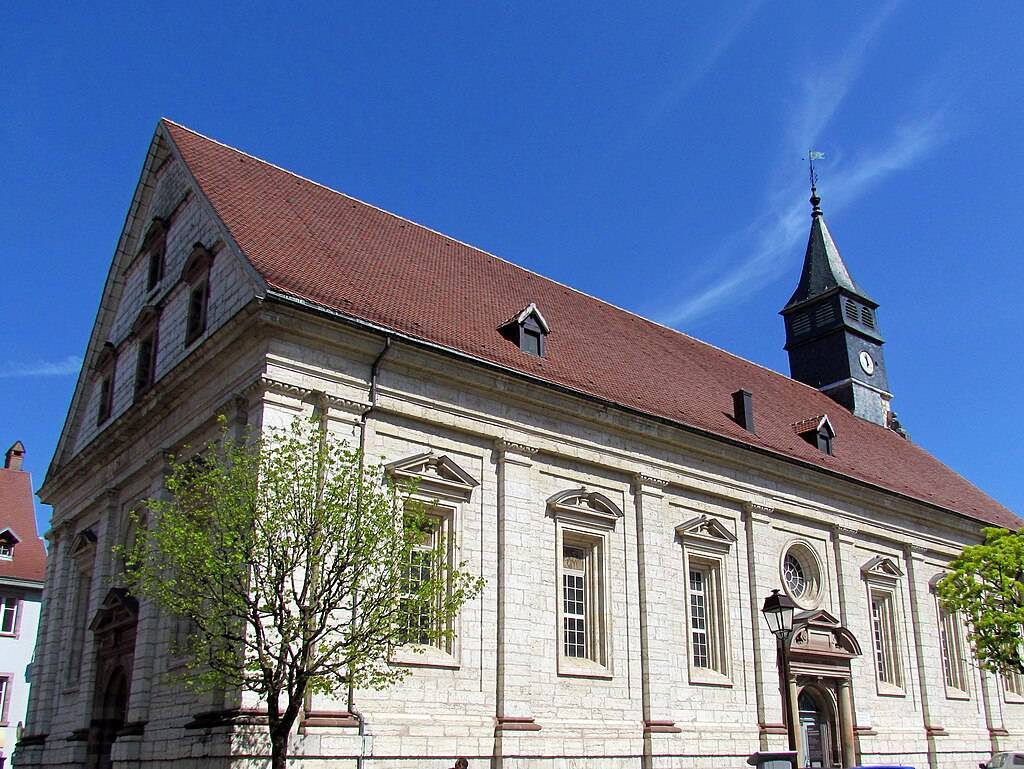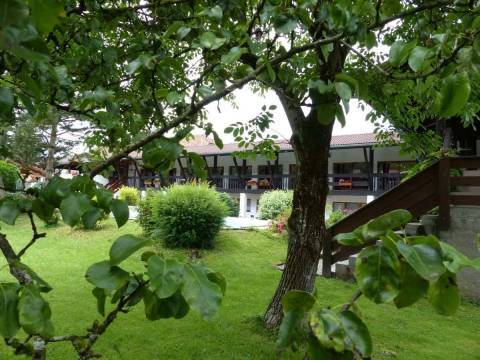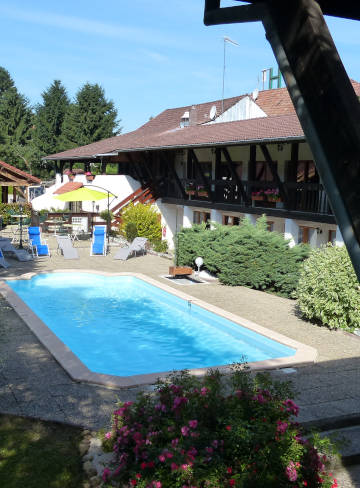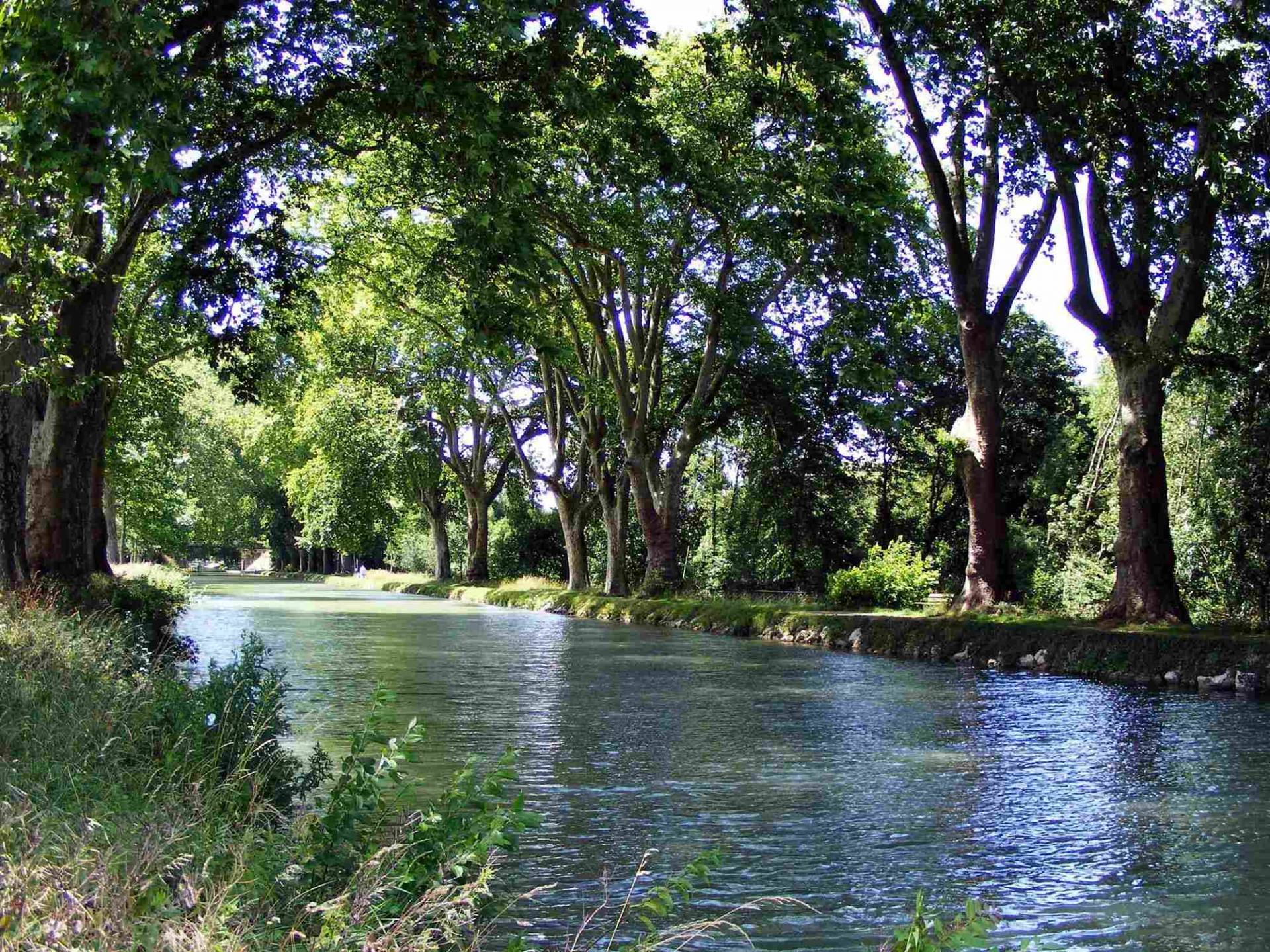The route of the temples of the Montbéliard region
The Montbéliard region invites you to discover a religious heritage as discreet as it is fascinating: its Protestant churches. Here, unlike in most French villages, it is not Catholic churches that dominate the central squares… but Protestant churches, witnesses to an extraordinary history.
From your hotel in Étupes, near Montbéliard, the route of the churches in the Montbéliard region is easily accessible.
As early as 1530, the princes of Württemberg introduced the Lutheran Reformation to this French-speaking territory they administered.
As a result, nearly 70 Protestant buildings now dot the landscape, some converted from former churches, others built specifically to house the new faith.
A rare and harmonious heritage, to be explored on foot, by bicycle, or by car.
The Montbéliard region's temple trail allows you to traverse more than four centuries of history in just a few kilometers.
Thanks to hiking trails and quiet country roads, you can stop in each village and appreciate the diversity of styles, from the oldest to the most contemporary.
Here are a few of the notable buildings.
Representative of Montbéliard Protestantism in the second half of the 19th century, the Bart oratory reflects a time when Lutheranism was still largely dominant.
Simple and understated, it embodies the discreet and rigorous spirituality of the region.
Built on the site of earlier places of worship, the Bavans Temple is distinguished by its elongated nave without a chancel and its bulbous bell tower, a vestige of the former church.
A unique architecture where Catholic heritage and Protestant identity intertwine.
Clairegoutte offers a fine example of the repurposing of a Catholic church for Lutheran worship.
The current interior, decidedly typical of Protestant churches, reflects the transition from one style to another, between medieval heritage and Reformed simplicity.
Considered one of the oldest Lutheran churches in the region, this building is well worth a visit.
Its simple silhouette and its location in the heart of the village recall the importance of Protestantism in the daily life of the valley.
In this village formerly dedicated to Saint Peter, the church houses a restored organ, a rare feature in Protestant buildings in the region.
A place steeped in history, where music and spirituality resonate harmoniously.
Recognizable by its elegant balustrade and red sandstone bell tower, this temple perfectly illustrates the Montbéliard style. Its welcoming silhouette stands out in the heart of the village like a timeless landmark.
To complete your journey, don't miss the Temple of Saint-Martin in Montbéliard, a masterpiece of Lutheran classicism, listed as a historical monument.
A must-see to understand the religious and cultural richness of this unique little region.
Thanks to its ideal location, the Hotel La Vieille Ferme in Étupes is the perfect starting point for peacefully exploring this rare Franche-Comté heritage!
From your hotel in Étupes, near Montbéliard, the route of the churches in the Montbéliard region is easily accessible.
The History of the Churches in the Montbéliard Region
As early as 1530, the princes of Württemberg introduced the Lutheran Reformation to this French-speaking territory they administered.
As a result, nearly 70 Protestant buildings now dot the landscape, some converted from former churches, others built specifically to house the new faith.
A rare and harmonious heritage, to be explored on foot, by bicycle, or by car.
A journey through 400 years of religious architecture
The Montbéliard region's temple trail allows you to traverse more than four centuries of history in just a few kilometers.
Thanks to hiking trails and quiet country roads, you can stop in each village and appreciate the diversity of styles, from the oldest to the most contemporary.
Here are a few of the notable buildings.
The Bart Temple
Representative of Montbéliard Protestantism in the second half of the 19th century, the Bart oratory reflects a time when Lutheranism was still largely dominant.
Simple and understated, it embodies the discreet and rigorous spirituality of the region.
The Bavans Temple
Built on the site of earlier places of worship, the Bavans Temple is distinguished by its elongated nave without a chancel and its bulbous bell tower, a vestige of the former church.
A unique architecture where Catholic heritage and Protestant identity intertwine.
The Clairegoutte Protestant Church
Clairegoutte offers a fine example of the repurposing of a Catholic church for Lutheran worship.
The current interior, decidedly typical of Protestant churches, reflects the transition from one style to another, between medieval heritage and Reformed simplicity.
The Colombier-Fontaine Protestant Church
Considered one of the oldest Lutheran churches in the region, this building is well worth a visit.
Its simple silhouette and its location in the heart of the village recall the importance of Protestantism in the daily life of the valley.
The Dampierre-les-Bois Protestant Church
In this village formerly dedicated to Saint Peter, the church houses a restored organ, a rare feature in Protestant buildings in the region.
A place steeped in history, where music and spirituality resonate harmoniously.
The Temple of Saint-Julien-lès-Montbéliard
Recognizable by its elegant balustrade and red sandstone bell tower, this temple perfectly illustrates the Montbéliard style. Its welcoming silhouette stands out in the heart of the village like a timeless landmark.
The Temple of Saint-Martin
To complete your journey, don't miss the Temple of Saint-Martin in Montbéliard, a masterpiece of Lutheran classicism, listed as a historical monument.
A must-see to understand the religious and cultural richness of this unique little region.
Thanks to its ideal location, the Hotel La Vieille Ferme in Étupes is the perfect starting point for peacefully exploring this rare Franche-Comté heritage!











